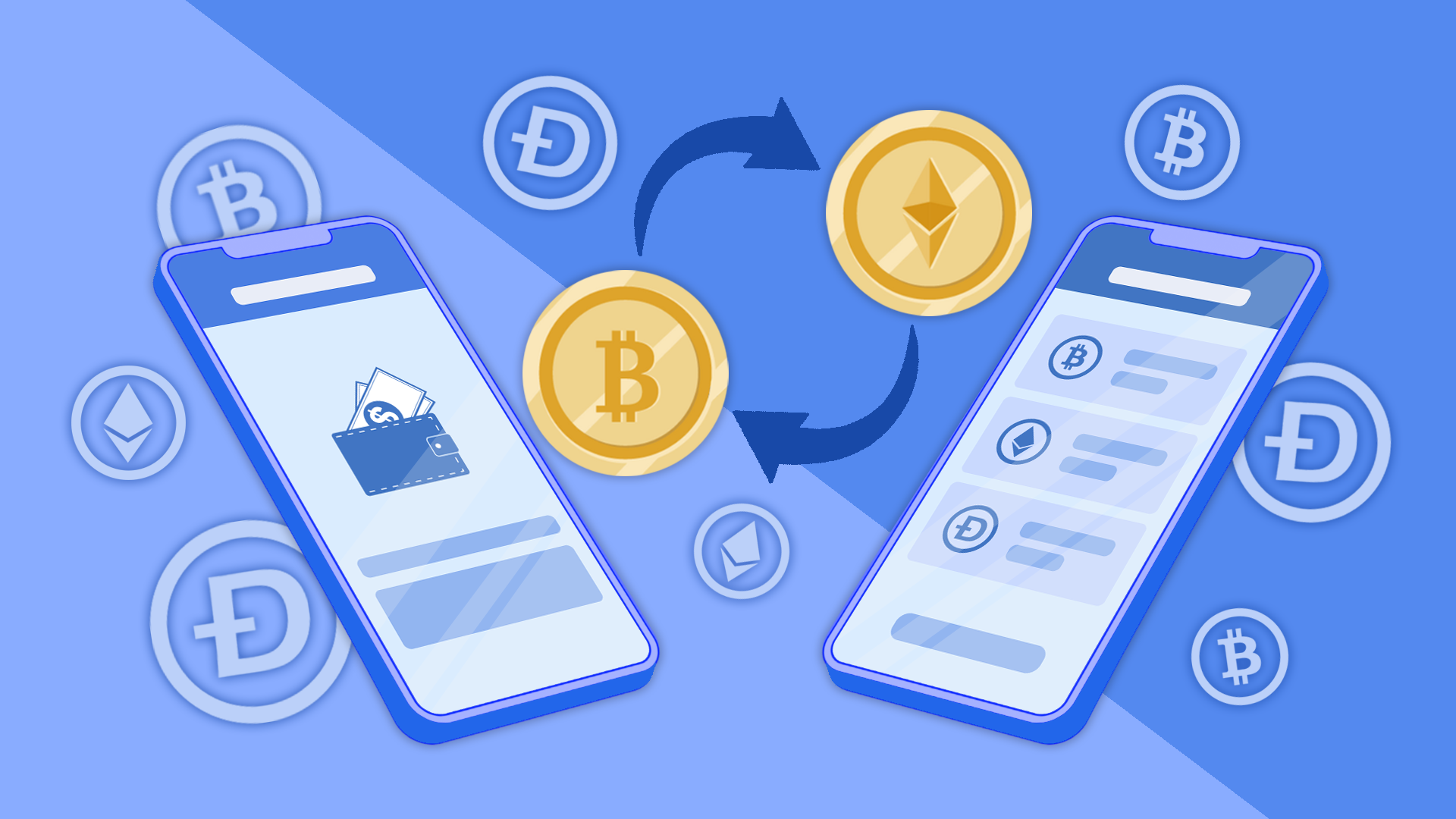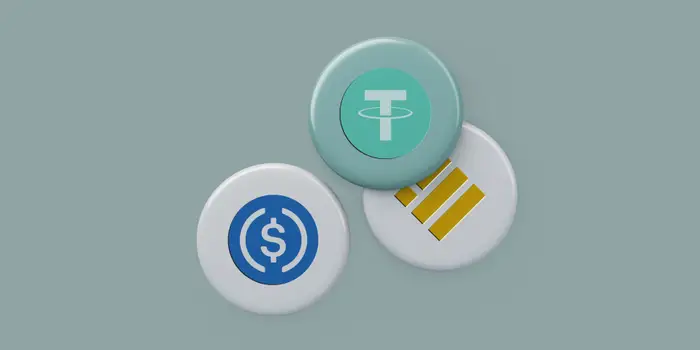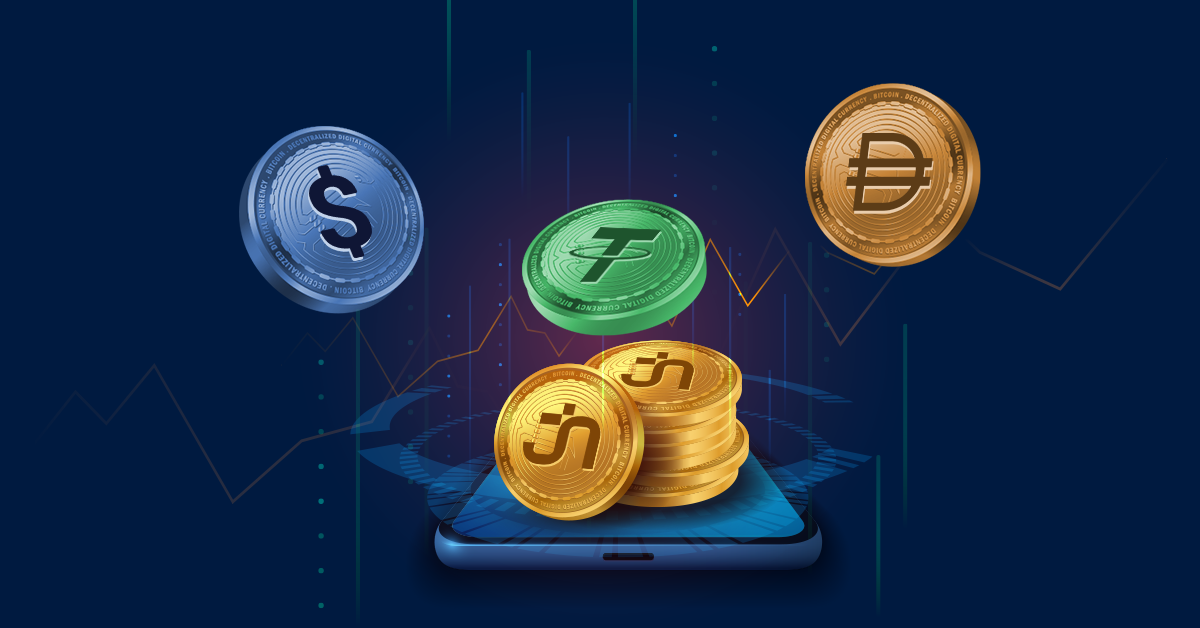For regional crypto exchanges, offering fiat on-ramps can feel like the biggest blocker to growth. Building out banking partnerships, dealing with regulatory red tape, and integrating local payment methods isn’t just slow—it’s often impossible without holding a banking license.
One regional exchange faced this exact issue. They had a growing user base and a strong trading engine, but users couldn’t deposit local currency directly. Every fiat deposit involved third-party platforms, high fees, or a confusing set of instructions.
That changed when they integrated with TransFi.
This is the story of how one exchange unlocked fiat-to-crypto access in multiple countries—without needing a single banking license—by plugging into TransFi’s payment infrastructure.
The Challenge: User Demand Outpacing Fiat Access
The exchange had solid traction in Southeast Asia and parts of Latin America. It offered a competitive fee structure, localized language support, and responsive customer service. But despite all that, fiat onboarding was its Achilles’ heel.
Most new users wanted a way to deposit local currency directly into the exchange to buy crypto. But the exchange didn’t have the regulatory status or resources to build its own banking rails in every country it operated in. And without a licensed partner in each region, there was no easy way to handle local payments.
What followed was a messy user experience:
- Manual deposits through sketchy third-party services
- Delays in KYC approval or failed transfers
- High drop-off rates during the deposit process
- Lost users before they even reached their first trade
The exchange knew that if they couldn’t solve fiat onboarding, they couldn’t scale. But building out banking relationships across multiple markets simply wasn’t realistic.
The Turning Point: Integrating TransFi for Plug-and-Play Fiat On-Ramps
That’s where TransFi came in. With a single integration, the exchange gained access to local fiat on-ramps in multiple regions—without holding any banking licenses themselves.
TransFi handled the local compliance, payment methods, and KYC processes. The exchange simply embedded TransFi’s API into their platform, letting users:
- Deposit local currency using payment rails they already trusted
- Automatically convert fiat into stablecoins (USDC/USDT)
- Fund their exchange account with crypto in minutes—not days
Everything happened inside the exchange’s app. No redirection, no third-party confusion. Users just saw a new, localized fiat deposit option, and it worked.
The Integration Experience
TransFi’s API was designed for exchanges, so the integration moved quickly. The exchange’s dev team completed the work in under two weeks, and the launch went live without a hitch.
More importantly, TransFi’s platform handled the hard stuff:
- Local payment rails (bank transfers, wallets, QR codes, cash-in)
- Compliance and KYC flows
- Liquidity and settlement in USDT and USDC
- Ongoing regulatory support as new markets came online
The exchange didn’t need to be licensed in each country. TransFi’s infrastructure made it possible to operate within the rules—without the overhead of becoming a financial institution.
The Results: More Deposits, Higher Conversions, Faster Growth
Once live, the benefits were immediate:
- New user sign-ups jumped in key regions where fiat onboarding had been weak
- First-time deposit success rates nearly doubled
- Support tickets related to deposits dropped significantly
- Trading volume increased as more users could now onboard smoothly
For the exchange, this wasn’t just a feature—it was a growth lever. Adding fiat on-ramps unlocked entire markets that had previously been out of reach.
And because TransFi supports local payment rails in emerging markets, the exchange could expand its reach without adding complexity or compliance risk.
Why Stablecoins Made Sense
The exchange chose to on-ramp users directly into USDC and USDT. This approach simplified operations in two key ways:
- It avoided the need to offer dozens of local currency trading pairs.
- It gave users a stable, dollar-pegged asset they could trade, hold, or withdraw.
For users in high-volatility regions, this was a huge value-add. They didn’t just get access to crypto—they got access to a more stable form of digital money.
Why They Chose TransFi
There were other payment processors and crypto-fiat bridges available. But most came with limitations:
- Narrow regional coverage
- Clunky UX or off-platform redirects
- Licensing risks or unclear compliance processes
TransFi stood out because it was purpose-built for crypto apps operating in emerging markets. It offered:
- A clean API that plugged directly into the exchange’s workflow
- Support for on-ramping via wallets, bank transfers, and QR payments
- Full compliance stack, so the exchange could scale without taking on regulatory exposure
- Fast settlement in stablecoins, ready to use immediately
It let the exchange stay lean, focused, and compliant—without taking on banking infrastructure headaches.
Also read: Case Study: How an OTC Desk Streamlined B2B Stablecoin Settlement Flows Using TransFi Infrastructure
Final Takeaway:
This case proves that exchanges no longer need to wait for a banking partner or licensing deal to offer fiat access. With tools like TransFi, even small or regional exchanges can provide a world-class fiat onboarding experience.
What used to take months of legal work, negotiations, and integrations can now be accomplished in days with the right infrastructure partner.
For exchanges looking to grow in underserved markets—or simply give users a better path to get started—TransFi offers a clean, fast, and compliant solution to bridge fiat and crypto.
FAQ
1. Can crypto exchanges use TransFi without holding a banking license?
Yes. TransFi enables regional and global exchanges to offer fiat on-ramps through local payment rails—without requiring a banking license. TransFi handles regulatory compliance, payment processing, and stablecoin settlement in supported markets.
2. What types of fiat payment methods does TransFi support?
TransFi supports local payment methods such as bank transfers, mobile wallets, QR codes, and cash-in partners, depending on the country. These rails are already familiar to end users, making onboarding smoother and more trusted.
3. How long does it take to integrate TransFi into an exchange platform?
Most teams can integrate TransFi’s API in 1–2 sprints. The API is developer-friendly and includes full documentation, sandbox access, and support for fast testing and deployment.
4. What crypto assets can users on-ramp into via TransFi?
Currently, TransFi enables users to convert local fiat directly into stablecoins like USDC and USDT. These are ideal base assets for trading, holding, or transferring value across platforms.
5. Does TransFi handle KYC and compliance for fiat deposits?
Yes. TransFi includes built-in KYC, AML screening, and compliance monitoring for each transaction. This ensures that exchanges can offer fiat access while staying aligned with local and international regulatory requirements.
Table of Contents
Suggested Article
Explore our products

Make global payments at the speed of a click

Accept payments, remove borders.

Unlock Seamless Digital Currency Transactions Anywhere








.png)














